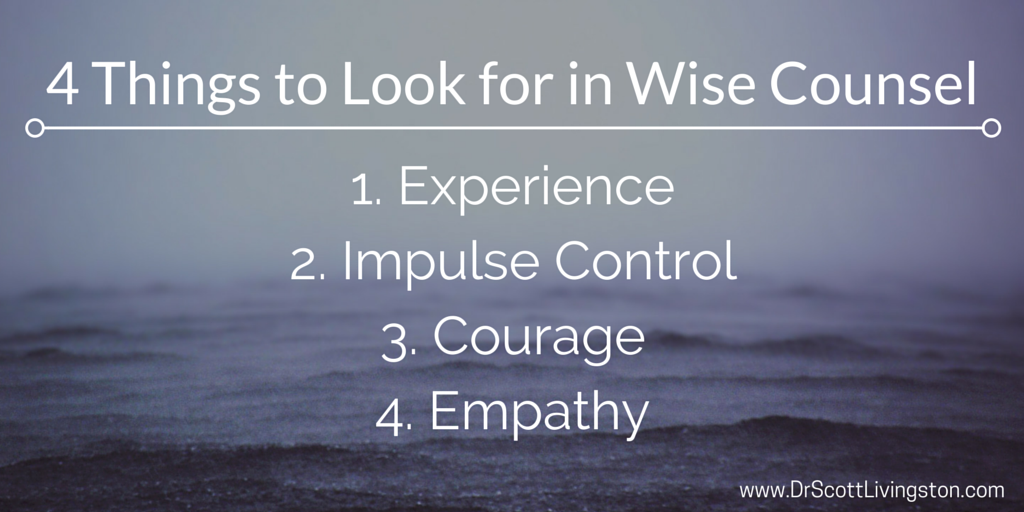Have you ever noticed that it is the really simple things in life that trip us up? I know it happens to me, and if you stopped to think about it, you may notice that it happens to you as well. Most leaders I know are expert at something:
Getting the most out of the resources they have.
Driving profit.
Developing other leaders.
Thinking strategically.
Casting an inspirational vision.
Coaching others to higher levels of performance.
Leading teams in tactical execution.
Building and maintaining trust.
Content or knowledge virtuoso.
You may be an expert in an area, but it is important to remember that your team is likely not anywhere close to your level of expertise, nor are they mind readers.
My Story
I was doing an emotional intelligence 360 feedback program last week. My partner and I had 40 young leaders in the room participating in a process where they get feedback from their supervisor, peers, and direct reports across 15 distinct emotional intelligence traits.
This is no insignificant day for these young leaders. Many of them are getting feedback from these organizational relationships for the very first time. More often than not, this feedback is telling the young leader that they have significant areas of development in order to become the effective leader they want to be.
One of these leaders came up to me at a break and said, “Scott, my feedback is telling me that I need to have better interpersonal relationships, especially with my peers. Can you give me some advice on how I can improve in this area?"
My knee-jerk reaction was to start to provide advice from my training and experience. I was so excited to provide my expertise in this area that I began telling this young leader what they needed to do to have mutually satisfying relationships. Thankfully, I noticed the blank stare on this young leader’s face. I was completely overwhelming them with the advice I was giving.
I stopped mid-sentence and asked …”When it comes to interpersonal relationships, what doesn’t seem right to you?” She went on for about 3 minutes describing her thoughts and analysis. This young leader went on to describe for me that she was struggling to make a personal connection. When she had a meeting with her peers, she just wanted to get right down to business. She felt like spending time on “chit chat” was not productive in the midst of her busy day.
So here is the lesson from the story: I was overwhelming her with my expertise! I had all this knowledge and how to and just started to dump it all on her. Once we stepped back and I asked the probing question, “…what doesn’t seem right to you?” she immediately started to add some specificity to the problem and we were able to come up with 2 practical things she was comfortable trying to improve her interpersonal relationships.
Where I Went Wrong
As I was thinking about this interaction, I realized that I had fallen into the trap of the Leadership Expert! In my training and coaching practice, I have developed an expertise, such that I could do much of my work without much effort. It almost comes naturally to me at this point. And yet, even as an executive coach with a doctoral dissertation in executive coaching I just assumed I knew what the problem was.
It is really important for me to remember that the participants in my class are just beginning their journey. They are still getting used to the language of leadership. They are just getting feedback, many of them for the first time. Where I am in my practice and where they are as young leaders are two entirely different places.
That One Big Mistake
I had made the One Big Mistake Every Leader Makes…Not realizing those I lead are at different stages of development.
Scientists claim that it takes at least 10,000 hours of study, experimentation, and practice paired with coaching and advice from individuals in that field before you become an expert in an area.
10,000 hours equals 6 years spent on the subject full-time, 8 hours a day, 200 days per year. Few of us have dedicated this kind of time to a field so for most of us it takes 10 to 12 years to develop our expertise.
So why are we holding young leaders to such a high standard of evaluation?
Instead of always being evaluative and judgmental, why not use more of a coaching and development perspective?
Try This Remedy
Edgar Schein, in his book Humble Inquiry: The Gentle Art of Asking Instead of Telling, gives leaders sage advice when leadership conversations go wrong.
Do less telling.
Learn to do more asking.
Do a better job of listening.
Here are three suggestions to practically implement Schein’s advice:
Do less telling by learning to let go of your need to be heard as an expert. What is driving your need to be right or heard? Replace your directive style with inquiry.
Learn to do more asking by making your questions open-ended. “What doesn’t seem right to you” or “Tell me more about what you are saying."
Do a better job of listening by practicing empathy. Give them your full, undivided attention while keeping in mind where they are in their development.
Homework: Identify a relationship you have struggled with at work. As you are in conversation with this person, give up your expert position and ask some open-ended questions. Focus on improving the strained relationship. Let go of the outcome of the subject you are working on and focus on the quality of your questions and your listening ability. By making this kind of investment in others, your work may actually become easier. If you have some success with this I would love to hear about it. Send me an email or better yet make a comment below so everyone can benefit from the conversation.




















